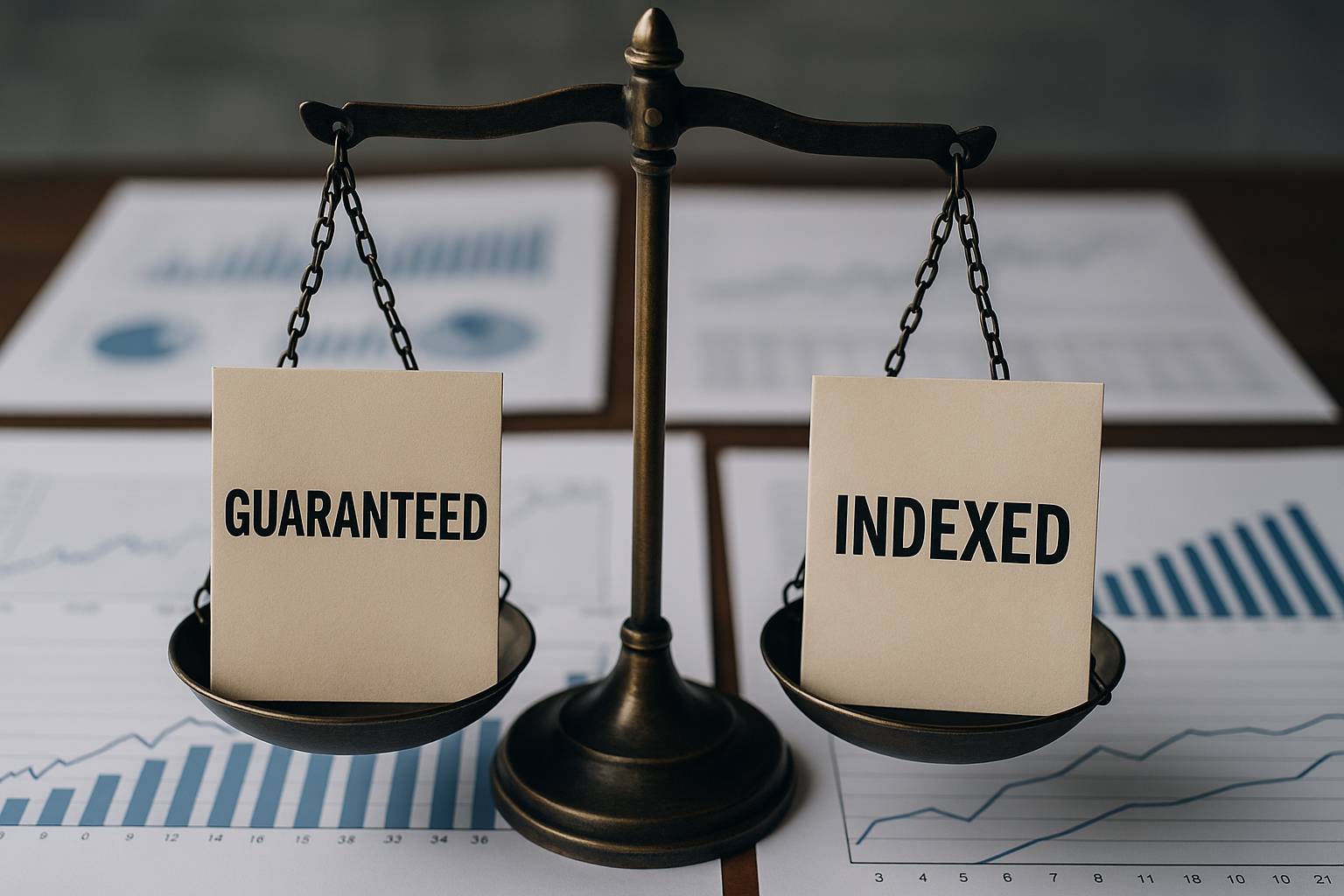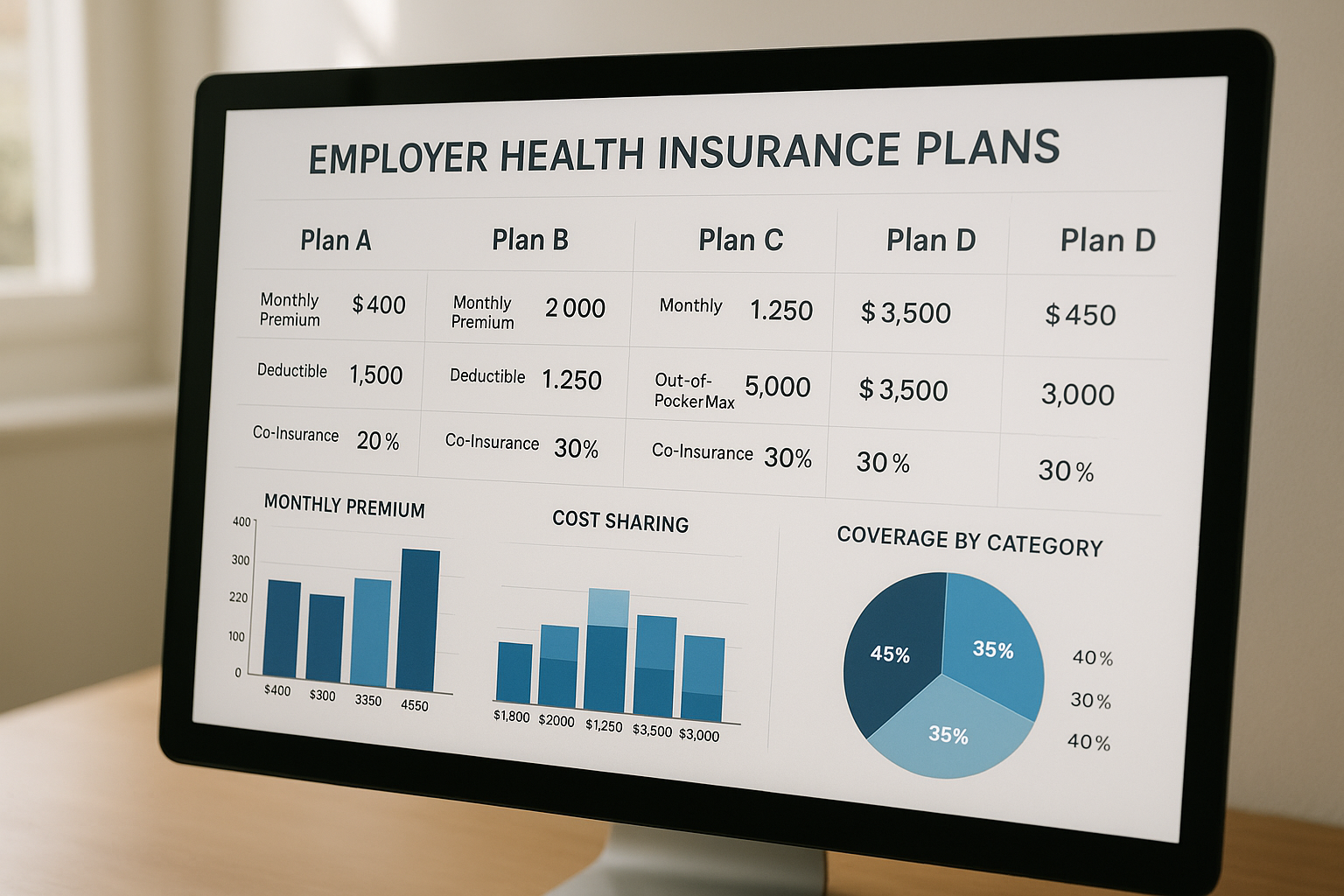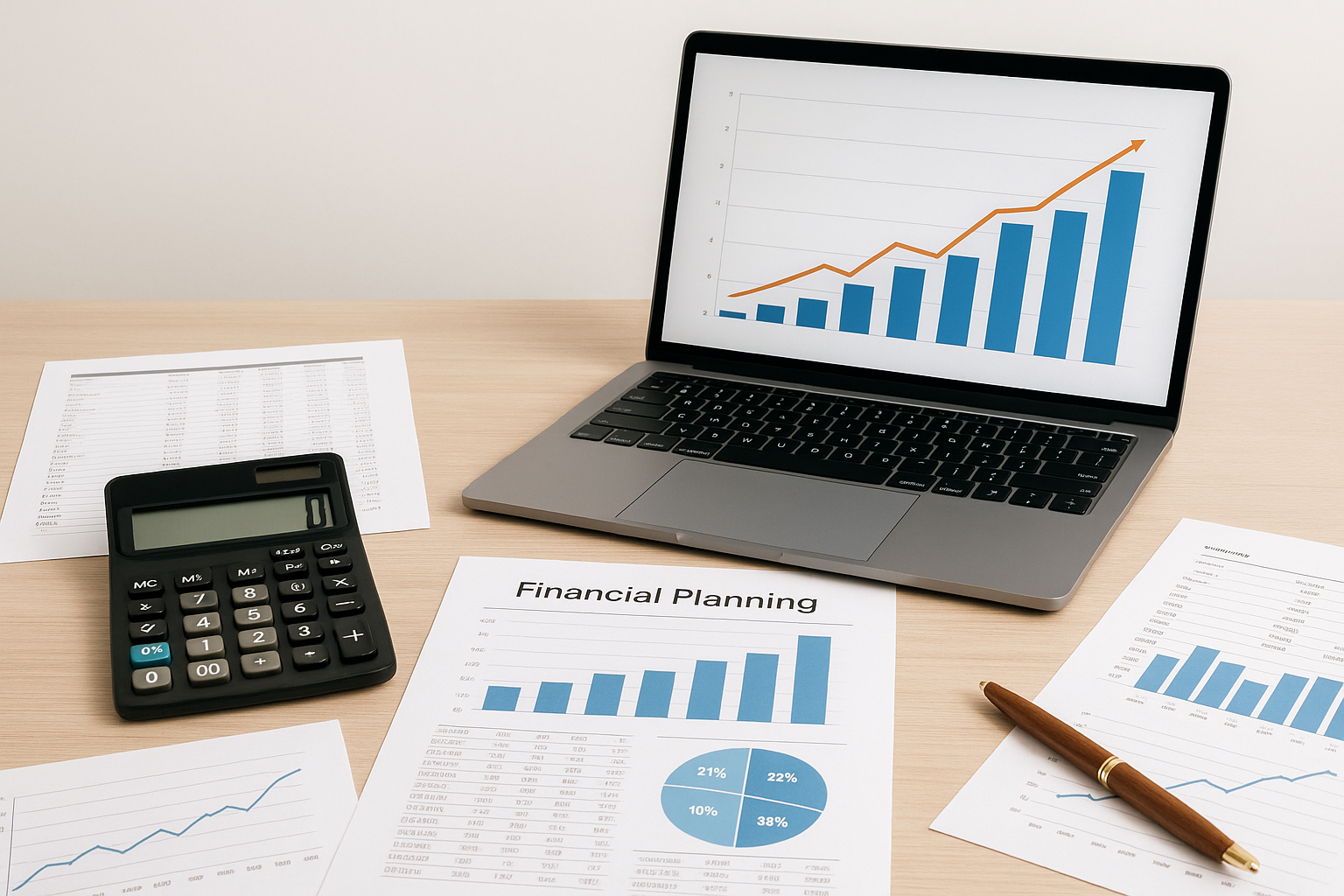Master The Process of Filing Bankruptcy Today Effortlessly
If you're feeling overwhelmed by the complexities of filing for bankruptcy, rest assured that you can master this process effortlessly by exploring a variety of resources and options available online, allowing you to browse options, search options, and follow the options that best suit your needs.
Understanding Bankruptcy: A Fresh Start
Bankruptcy is a legal process designed to help individuals or businesses that are unable to repay their outstanding debts. By filing for bankruptcy, you can potentially discharge or restructure your debts, offering a fresh financial start. There are several types of bankruptcy filings, each suited to different circumstances. The most common for individuals are Chapter 7 and Chapter 13.
Chapter 7 bankruptcy, often referred to as "liquidation bankruptcy," involves selling off non-exempt assets to pay creditors. It's typically suited for those with limited income who cannot repay their debts. Chapter 13, on the other hand, allows you to keep your assets while restructuring your debts into a manageable repayment plan over three to five years1.
The Benefits of Filing for Bankruptcy
Filing for bankruptcy can provide several benefits. It immediately stops most creditors from pursuing collections through an "automatic stay." This means that wage garnishments, foreclosure proceedings, and collection calls are put on hold, giving you breathing room to sort out your finances2.
Moreover, bankruptcy can lead to the discharge of unsecured debts, such as credit card balances, medical bills, and personal loans, freeing you from financial burdens that seem insurmountable. This can significantly reduce stress and allow you to focus on rebuilding your financial health.
Costs Involved in Filing Bankruptcy
While bankruptcy can provide relief, it's important to understand the associated costs. Filing fees for Chapter 7 bankruptcy are approximately $338, while Chapter 13 costs around $3133. Additionally, attorney fees can vary widely, typically ranging from $1,500 to $3,500 for Chapter 7, and $3,000 to $4,000 for Chapter 134. It's crucial to weigh these costs against the potential benefits and relief that bankruptcy can provide.
Steps to File for Bankruptcy
Filing for bankruptcy involves several key steps:
- Evaluate your financial situation to determine if bankruptcy is the right option.
- Complete a credit counseling course from an approved provider within 180 days before filing.
- Gather necessary documentation, including income statements, tax returns, and a list of debts and assets.
- File a bankruptcy petition with the court, along with supporting documents.
- Attend a meeting of creditors, known as a 341 meeting, where you'll answer questions about your finances.
- Complete a debtor education course before receiving a discharge of your debts.
Each step is critical to ensuring a smooth bankruptcy process, and consulting with a qualified bankruptcy attorney can provide valuable guidance.
Exploring Specialized Services
For those seeking tailored solutions, specialized bankruptcy services can offer personalized assistance. Many law firms and financial advisors provide free consultations, allowing you to explore your options without commitment. Additionally, online resources and tools can help you understand the nuances of bankruptcy, enabling you to make informed decisions.
In mastering the bankruptcy process, you gain control over your financial future, ensuring that you can move forward with confidence. By visiting websites and browsing options, you can find the support and information you need to navigate this challenging time.
References
- United States Courts - Chapter 7 Bankruptcy Basics
- Federal Trade Commission - Filing for Bankruptcy: What to Know
- United States Courts - Bankruptcy Court Miscellaneous Fee Schedule
- Nolo - Average Cost of Bankruptcy Attorney








